You’ll find the best sport watch weather alerts in Garmin’s Forerunner 965 and Fenix 7 Pro Solar, which deliver extensive storm notifications with built-in barometric sensors. Coros Pace 3 offers budget-friendly forecasting, while Suunto’s Vertical Titanium Solar provides professional-grade ABC functionality for serious outdoor enthusiasts. These watches feature real-time connectivity, customizable pressure-based alerts, and rugged durability standards to keep you safe during changing conditions and help you discover which features matter most for your adventures.
Top GPS Sport Watch Brands for Weather Alert Capabilities
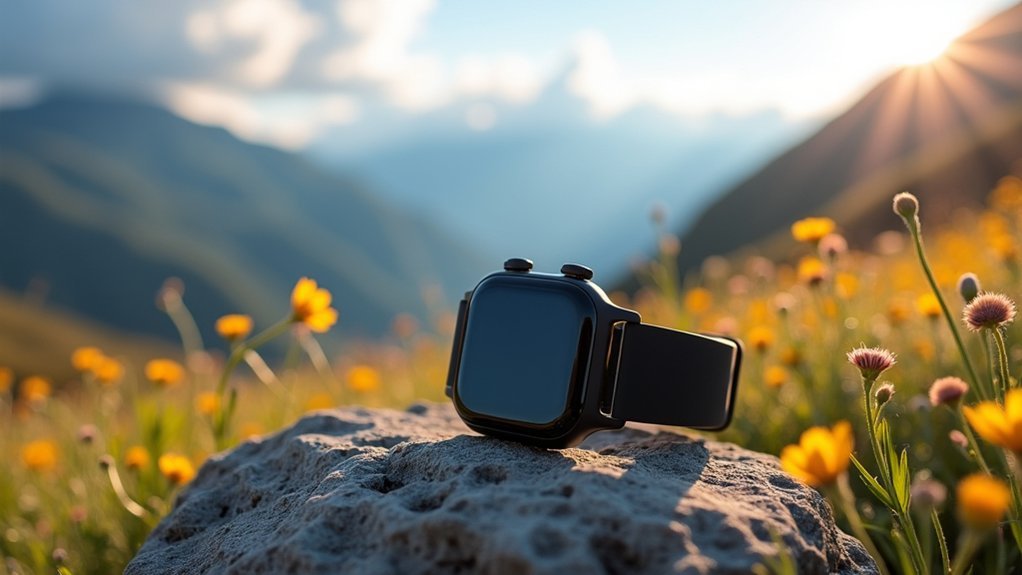
When you’re pushing through challenging outdoor conditions, having reliable weather alerts on your GPS sport watch can mean the difference between a successful adventure and a dangerous situation.
Several top brands excel in delivering accurate weather forecasting capabilities. Garmin leads the pack with models like the Forerunner 965 and Fenix series, offering extensive weather alerts through integrated apps.
Coros watches, including the Pace 3 and Vertix 2S, provide detailed weather forecasts to help you plan activities effectively.
Suunto’s Vertical Titanium Solar delivers built-in forecasting with storm alerts for severe conditions. The Suunto Race features an upgraded user interface that enhances navigation and offers excellent altimeter, barometer functionality for weather monitoring.
Polar integrates weather data into training recommendations, while Casio offers rugged GPS watches designed to withstand harsh weather while maintaining reliable weather-related features.
Essential Weather Alert Features in Modern Sport Watches
When you’re choosing a sport watch for weather alerts, you’ll want to focus on two critical features that separate basic timepieces from serious weather monitoring tools.
Built-in barometric sensors track air pressure changes that signal approaching storms, giving you advance warning before conditions deteriorate.
Real-time connectivity options guarantee you’re receiving the latest weather data and emergency alerts, whether you’re connected to your phone or operating independently in remote locations. Top models like the Garmin Instinct 2 Solar and fenix 7X provide ABC functionality that combines altimeter, barometer, and compass features for comprehensive weather monitoring in backcountry conditions.
Built-in Barometric Sensors
Built-in barometric sensors transform your sport watch into a thorough weather monitoring device by measuring atmospheric pressure changes that signal incoming weather shifts.
These sensors provide altitude readings accurate to within 10 meters, complementing GPS data for enhanced precision. You’ll receive storm alerts when low air pressure indicates potential severe weather, giving you essential advance warning during outdoor activities.
The sensors require regular calibration by setting a reference elevation to maintain accuracy, especially as weather conditions change. You can customize pressure-based alerts to match your specific needs, whether you’re hiking, climbing, or engaging in other altitude-sensitive activities.
Popular models from Suunto, Garmin, Coros, and Polar integrate this technology effectively, offering you reliable weather awareness that enhances both performance tracking and safety during outdoor adventures. Among these brands, Coros watches have demonstrated the most accurate elevation tracking in real-world testing conditions.
Real-time Connectivity Options
Real-time connectivity transforms your sport watch from a standalone device into a thorough weather monitoring system that delivers instant alerts and updates directly to your wrist.
Through Wi-Fi and Bluetooth connectivity, your watch seamlessly integrates with smartphone apps to receive live weather data and emergency notifications.
Garmin Edge devices excel at delivering real-time weather alerts through the Garmin Connect app, displaying up to 84 different National Weather Service warnings.
Suunto watches pair with MyRadar to provide live radar precipitation updates and NOAA alerts. This smartphone integration guarantees you’re always informed about changing conditions.
Your connected watch can deliver severe weather notifications, lightning detection alerts, and real-time radar updates.
You’ll receive customizable alerts for specific weather conditions, helping you make informed decisions about continuing or postponing outdoor activities safely. These alerts provide timely information that can be crucial for your safety during outdoor activities.
Most Popular Sport Watch Models With Advanced Weather Notifications
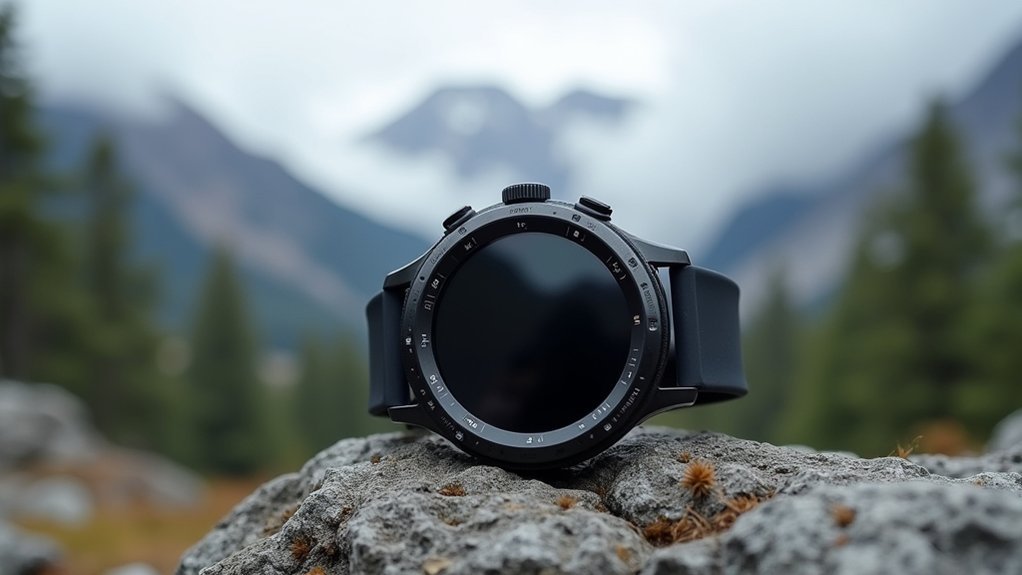
The market’s leading sport watches have transformed weather monitoring from basic temperature readings into extensive alert systems that can save your life during outdoor adventures.
Modern sport watches have evolved beyond simple timekeeping into sophisticated safety devices that provide life-saving weather alerts for outdoor enthusiasts.
You’ll find Garmin’s Forerunner 965 delivers thorough weather notifications with GPS integration, while the Fenix 7 Pro Solar combines rugged durability with detailed environmental alerts.
COROS Pace 3 offers budget-friendly weather updates, and the Vertix 2S features advanced environmental sensors with storm alarms.
Suunto’s Vertical Titanium Solar provides ABC sensors for real-time monitoring, plus glove-friendly buttons for easy access.
Apple Watch Series 10 integrates seamlessly with third-party weather apps, offering storm alerts directly on your watch face.
These models utilize barometric altimeters and automated notifications to warn you about sudden weather changes during activities. Professional testers have evaluated over 50 devices from top brands like Garmin, COROS, Suunto, Polar, and Fitbit to determine which models provide the most reliable weather alert systems for outdoor enthusiasts.
Battery Life Performance During Weather Tracking and Alert Functions
You’ll find that weather tracking notably impacts your sport watch’s battery performance, especially when GPS and environmental sensors run continuously during alerts.
Solar-powered models like the Garmin Enduro 3 and fenix 8 Solar can extend your tracking time from hours to days, with the Enduro 3 reaching up to 320 hours in GPS mode with solar assistance.
Smart battery optimization becomes essential when you’re monitoring weather conditions for extended periods, as continuous sensor use can drain even the most efficient watches faster than standard activity tracking. Premium watches typically offer better battery performance and enhanced weather monitoring capabilities compared to entry-level models.
Solar Power Weather Monitoring
When you’re tracking weather conditions and receiving alerts throughout extended outdoor adventures, solar-powered sport watches deliver exceptional battery performance that traditional models simply can’t match.
You’ll benefit from continuous weather monitoring without worrying about battery depletion, as sunlight extends your watch’s power even during intensive tracking modes.
Models like the Suunto Vertical offer up to one year of battery life in solar variants during daily use, while weather-focused modes can run for 60 days without solar charging.
You’re getting storm alerts, barometric readings, and temperature monitoring without compromising performance. These watches feature storm alarms and weather forecast capabilities that provide critical safety information during challenging outdoor conditions.
The solar charging capability proves especially valuable when you’re using GPS tracking alongside weather functions, maintaining consistent power for altimeter readings and atmospheric pressure changes that predict incoming weather patterns.
Extended GPS Alert Modes
Although GPS-enabled weather tracking delivers thorough environmental data, extended alert modes greatly impact your watch’s battery performance during prolonged outdoor activities.
You’ll find that dual-frequency GPS modes like Amazfit T-Rex 3’s Accurate Mode provide precise tracking but reduce battery life to 42 hours, while Long Battery Life Mode extends usage to 114 hours with compromised accuracy.
Your Suunto 9 offers up to 50 hours in Endurance mode with an HR belt, though Tour mode sacrifices GPS quality for longer operation. The Suunto 9’s Tour mode enables up to 7 days of continuous GPS tracking for extended expeditions.
Weather alerts typically require Bluetooth connectivity, which may be limited in power-saving modes.
You can optimize performance by selecting appropriate GPS modes based on your activity needs, balancing weather alert functionality with battery longevity for extended outdoor adventures.
Battery Optimization Strategies
Effective battery management becomes critical since weather tracking and alert functions can considerably drain your sport watch’s power reserves during extended activities.
You’ll want to customize your notification settings by choosing either audible or vibration alerts rather than using both simultaneously. Most sport watches offer multiple power management modes that adjust performance features like heart rate tracking to conserve energy during weather monitoring.
Consider utilizing battery-specific alerts available on devices like Garmin and Suunto watches, which warn you at predetermined percentages like 20% and 10%. Advanced watches with Power Manager capabilities allow you to view the battery impact of different settings and sensors, making it easier to optimize performance during weather tracking activities.
You can extend battery life by reducing notification frequency, adjusting screen brightness, and disabling unnecessary features. Regular firmware updates and proper charging practices using correct cables will optimize your watch’s battery performance during weather tracking activities.
Weather App Integration and Third-Party Service Compatibility
Modern sport watches transform into extensive weather monitoring systems through seamless integration with smartphone apps and third-party services. Your Garmin device sources weather data from the closest official weather station when paired with the Garmin Connect app, revitalizing information each time you sync with your smartphone.
You’ll access enhanced weather capabilities through Connect IQ’s third-party weather apps, expanding beyond basic forecasts. Garmin leads in app variety and customization options, while COROS and Suunto emphasize outdoor tracking with fewer third-party weather choices. It’s important to note that different sources may lead to discrepancies between your watch’s weather display and your smartphone’s weather app.
Your watch’s compatibility depends on having an iOS or Android smartphone for full weather integration. Popular training apps like Strava and TrainingPeaks can include weather alerts for activity planning, making your device a thorough outdoor companion.
Customizable Weather Alert Settings and Notification Options
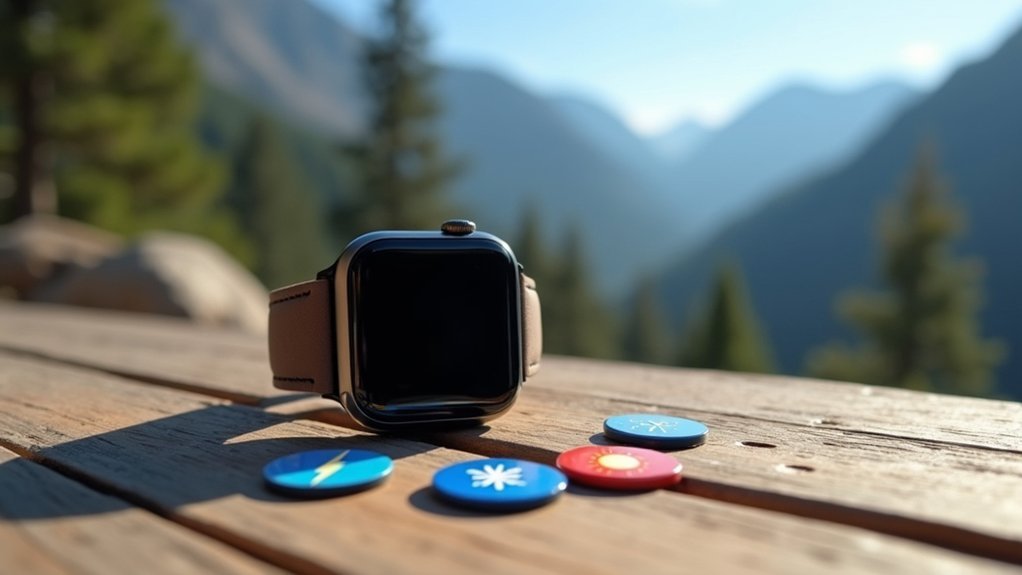
Beyond accessing weather data through apps and services, you’ll want to fine-tune how your sport watch delivers weather information to match your specific needs and activities.
You can adjust storm alert sensitivity based on barometric pressure changes, preventing false alarms while ensuring you’re warned of serious weather threats. Customize notification sounds and vibration patterns to distinguish weather alerts from other messages, improving your response time during critical situations.
Geo-fencing features automatically update alerts as you move between different locations and microclimates.
You’ll also appreciate scheduled notifications that deliver weather updates at specific times, avoiding constant interruptions. Set threshold levels for rain intensity, wind speed, and temperature changes to receive alerts only when conditions meet your specified severity requirements. Keep the sensor port clean and free from debris to maintain accurate barometric readings for reliable storm detection.
Durability Standards for Weather-Ready Sport Watches
Three critical durability standards determine whether your sport watch can withstand harsh weather conditions during outdoor adventures.
Your watch’s water resistance rating is fundamental—look for ATM ratings or IP certifications like IP67, which guarantees dust resistance and water immersion protection up to one meter for 30 minutes.
Temperature resilience matters equally, as quality sport watches operate between -20°C and 50°C through specialized materials and thermal shock testing.
Key durability features you’ll need include:
- ISO 6425 certification for diving-grade water resistance
- Drop test compliance meeting ISO 1413 standards (1-meter impact tolerance)
- Scratch-resistant materials like sapphire glass and PVD coatings
- Corrosion-resistant construction using stainless steel or titanium
These standards guarantee your watch survives extreme weather while delivering reliable weather alerts. Weather-resistant sport watches should display weather warnings that require immediate action to protect life and property during hazardous conditions.
Real-Time Storm Detection and Barometric Pressure Monitoring
Your durable weather-ready watch becomes truly life-saving when it can detect approaching storms and monitor atmospheric pressure changes in real-time.
Lightning strike detection systems like WeatherSentry provide precise global alerts, while Garmin watches use barometric pressure variations to warn you of incoming storms. You’ll receive immediate notifications when rapid pressure changes indicate dangerous weather approaching.
MyRadar’s integration with Suunto watches delivers real-time radar data directly to your wrist, helping you anticipate storms before they hit.
Advanced barometric altimeters measure atmospheric pressure continuously, feeding data into predictive algorithms that assess storm patterns. Modern sports watches with redesigned satellite chipset technology enhance weather tracking accuracy by providing more reliable positioning data during severe weather conditions.
Perry Weather’s accurate lightning detection reduces false alarms through real-time updates. You can customize alerts based on up to 50 weather parameters, ensuring you’re warned about conditions specific to your activity and location.
Smartphone Connectivity Requirements for Weather Alert Systems
Most sport watches depend on smartphone connectivity to deliver extensive weather alerts, requiring seamless integration between your watch and mobile device to access real-time meteorological data.
Your smartwatch’s weather alert capabilities rely on several critical connectivity requirements:
- Operating System Compatibility – Your watch must be compatible with your smartphone’s OS (Android or iOS) for proper data exchange and alert delivery.
- Network Connection – A stable 4G/5G connection is essential for receiving emergency weather notifications in real-time.
- Software Updates – Both devices need current software versions to support advanced weather notification features.
- Location Services – GPS must be enabled for precise, location-based weather alerts specific to your area.
Non-cellular smartwatches depend entirely on your phone’s connection for data transmission, while cellular-enabled models can receive weather data independently but still benefit from smartphone pairing for enhanced functionality. Many service providers offer specialized plans that enhance weather alert delivery and overall smartwatch connectivity features.
Frequently Asked Questions
Can Sport Watches Provide Weather Alerts When Completely Offline Without Smartphone Connection?
You can’t get weather alerts on sport watches when completely offline without smartphone connection. Your watch needs Wi-Fi or cellular connectivity to access real-time weather data and push alerts.
How Accurate Are Barometric Storm Predictions Compared to Professional Weather Forecasts?
Your sport watch’s barometric predictions reach roughly 60-70% accuracy for short-term storms, while professional forecasts achieve 90% accuracy using extensive data sources. You’ll get decent localized warnings but shouldn’t rely solely on watch alerts.
Do Weather Alerts Work Internationally or Only in Specific Geographic Regions?
Weather alerts work both internationally and regionally, but you’ll get better accuracy from local systems. Global providers offer broad coverage, while regional services deliver more precise, real-time alerts for your specific location.
Can Multiple Weather Alert Types Be Active Simultaneously Without Draining Battery Faster?
You can run multiple weather alerts simultaneously, but they’ll increase battery drain through frequent updates. You should prioritize critical alerts, adjust notification settings, and disable unnecessary ones to maintain ideal battery performance.
What Happens to Weather Alert Functionality During Extreme Temperature Conditions?
During extreme temperatures, your sport watch’s battery drains faster and sensors may become less accurate. Cold weather can slow data refresh rates, while heat affects calibration, potentially delaying alerts.


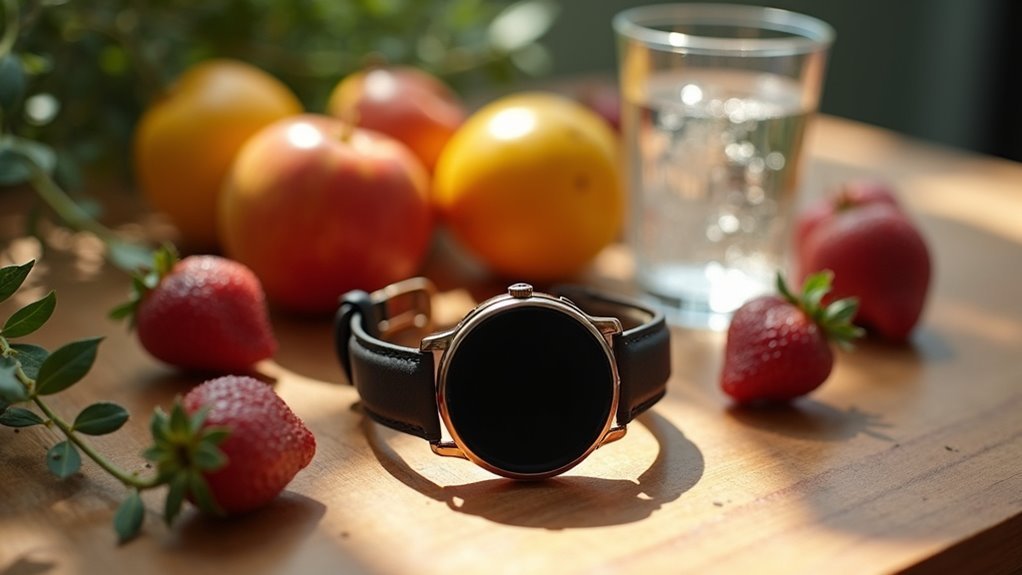

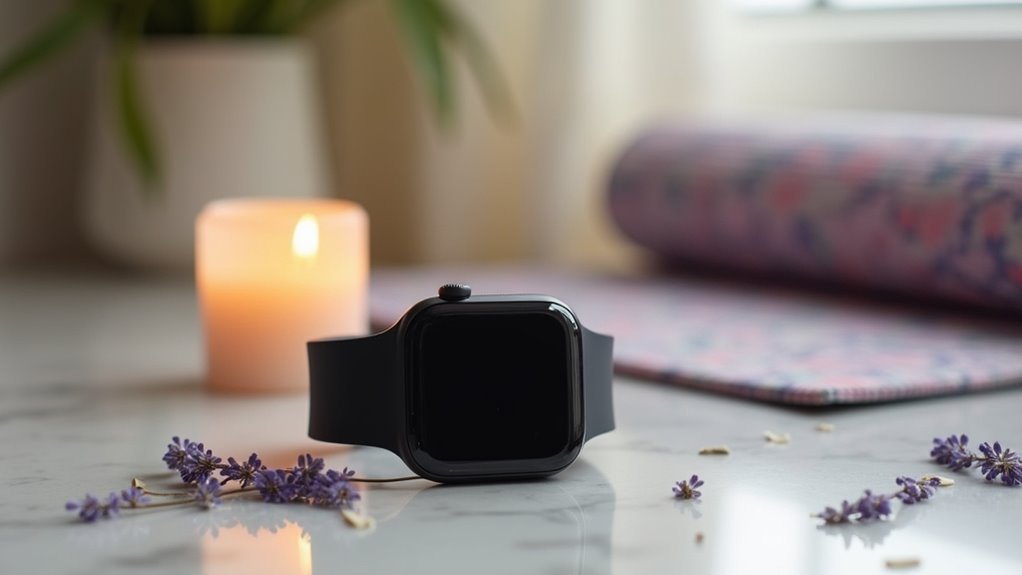
Leave a Reply